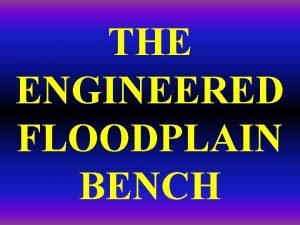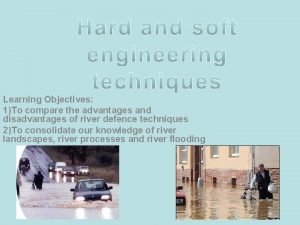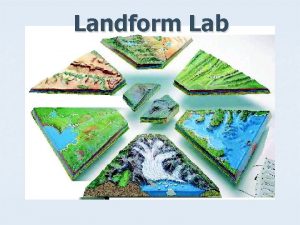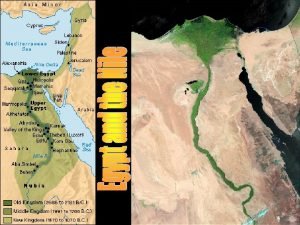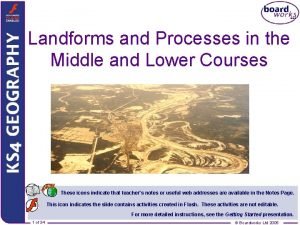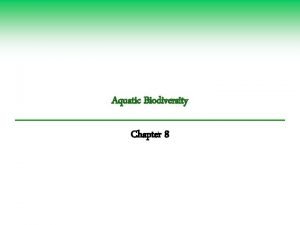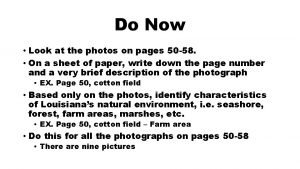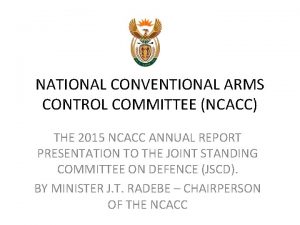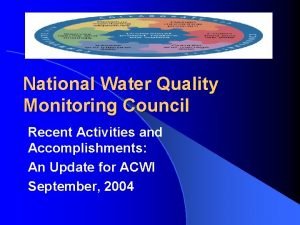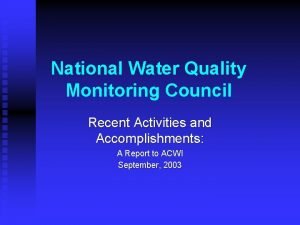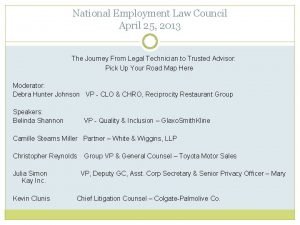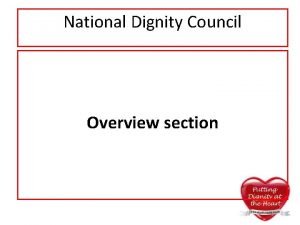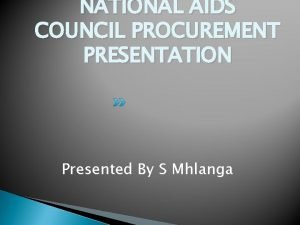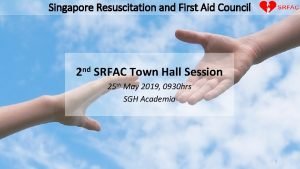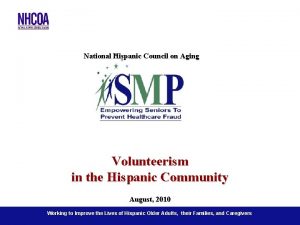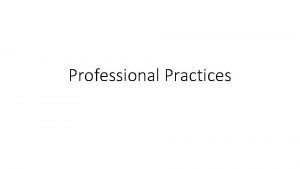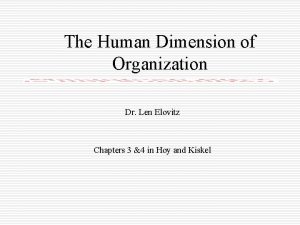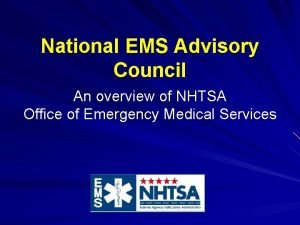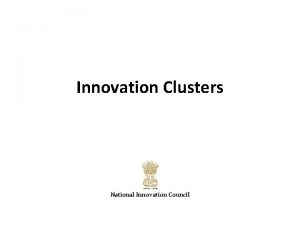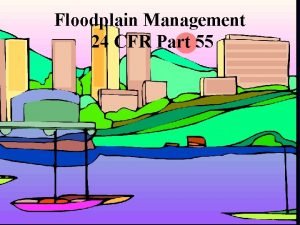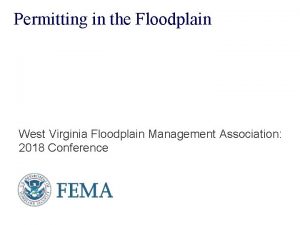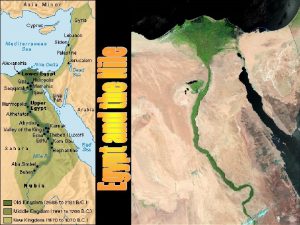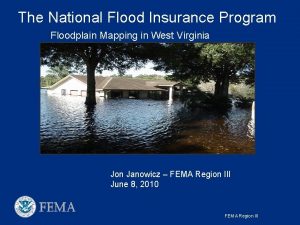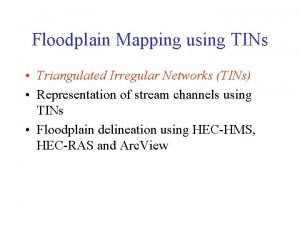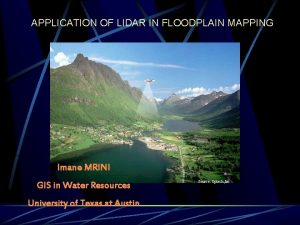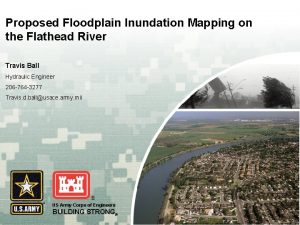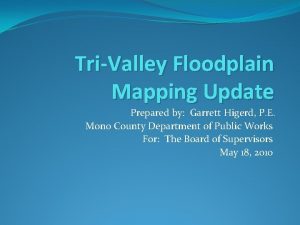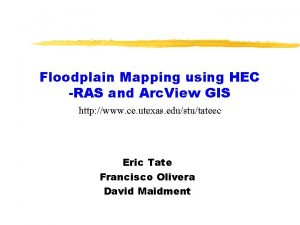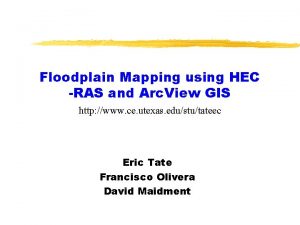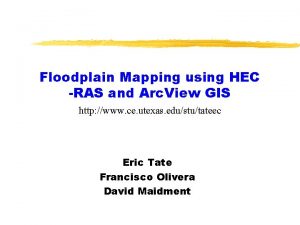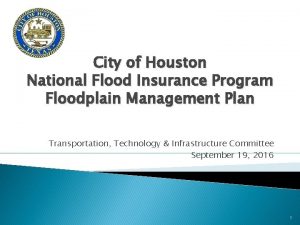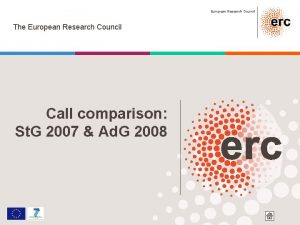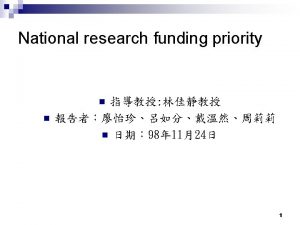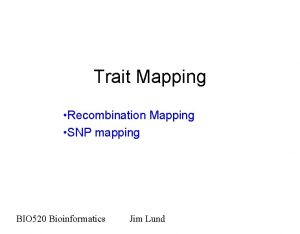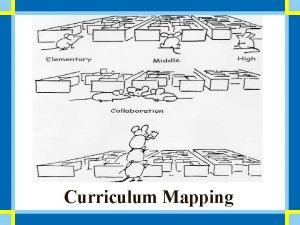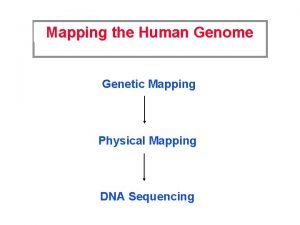National Research Council Mapping Science Committee Floodplain Mapping




































- Slides: 36

National Research Council Mapping Science Committee Floodplain Mapping – Sensitivity and Errors Scott K. Edelman, PE Watershed Concepts and Karen Schuckman, Earth. Data March 30, 2005 Washington, D. C.

Agenda § Factors Contributing to Floodplain Boundary Accuracy § A. Terrain Data § B. Hydrologic Analysis § C. Hydraulic Analysis § D. Floodplain Mapping March 30, 2005 2

A. Terrain Error Management 1. Blending of Different Data Sources 2. Use of TINs vs DEMs 3. Methods for creating hydrologically correct DEMs March 30, 2005 3

Blending of Terrain Data § Typically many terrain data sets are used in the calculations of the flood boundaries § Floodplain boundaries require special attention at the intersection of different topographic data sets Insert Graphic showing Shelving of Data March 30, 2005 4

LIDAR for measuring terrain § LIDAR is a powerful tool in the professional mapper’s toolbox. § LIDAR can be used to produce a wide variety of products § Good project design ensures product suitability for end user application March 30, 2005 5

Errors in elevation measurement Consistent success over large areas … LIDAR RMSE Error 10 -15 cm 15 -20 cm 20 -25 cm March 30, 2005 6

Breakline Synthesis for Stream Channels March 30, 2005 7

Stream channel is not correctly modeled in TIN from LIDAR points March 30, 2005 8

Digitize Stream Edge and Centerline in 2 D from Ortho Image March 30, 2005 9

Elevate Stream Centerline to Elevation of LIDAR Points March 30, 2005 10

Use centerline Z values to elevate stream edges March 30, 2005 11

Create TIN from LIDAR points and synthetic breaklines March 30, 2005 12

Lesson: Don’t try to use dense mass points to model breakline features March 30, 2005 13

TINs vs DEMs § DEMs are Derived from TINs and is a generalization of the data within Defined Cell Size § In general, DEM data requires more “smoothing” routines than does TIN data § TINs can be used to reduce generalization of data 50 ft Insert Graphic showing TIN Data Insert Graphic showing DEM Data March 30, 2005 14

B. Hydrology Error Management § Hydrology is the amount of water to expect during a flooding event. § Prediction of the 1% or 0. 2% chance storm (100 -year, 500 year) is based on relatively small periods of record § Hydrology may be the highest source of error in floodplain boundaries March 30, 2005 15

1% Annual Chance Discharge (cfs) B 1. Standard Methods of Discharge Estimation result in Large Prediction Intervals Drainage Area (mi. 2) March 30, 2005 16

B 2. Uncertainty in Discharge Estimates Translates to Uncertainty in Flood Elevation 5. 3’ 446. 8’ = Regression Estimate Upper Prediction Limit Water Surface 441. 5’ = Regression Estimate Water Surface 7. 1’ 434. 4’ = Regression Estimate Lower Prediction Limit Water Surface March 30, 2005 17

B 3. Uncertainties in Flood Elevations Translate to Uncertainties in Mapped Flood Boundary Regression Estimate Upper & Lower Prediction Limits Water Surface Regression Estimate Water Surface March 30, 2005 18

C. Hydraulic Error Management § Hydraulics Determines How Deep is the Water § Sources of error due to: § Manning’s n roughness values § Cross-section alignment & spacing § Method for modeling structures (approximate, limited detail, detail) § Accuracy of the terrain (Li. DAR, DEM, contours, etc. ) § Accuracy of the Survey Data March 30, 2005 19

C 1. Hydraulics Sensitivity § 1 mile stretch of stream w/ Li. DAR data § Same discharges used (upper prediction limit of regression equation) § Hydraulic Model A: Comparison Reach § Upper limit of reasonable n-values § Channel: 0. 055 -0. 065 § Overbank: 0. 13 -0. 16 § Includes structures § Hydraulic Model B: § Lower limit of reasonable n-values § Channel: 0. 035 -0. 040 § Overbank: 0. 08 -0. 10 § Includes structures § Hydraulic Model C: § Lower limit of reasonable n-values § Channel: 0. 035 -0. 040 § Overbank: 0. 08 -0. 10 § Does not include structures March 30, 2005 20

C 2. Hydraulics Sensitivity Model A vs. Model B Higher n-values With structures) 1. 0 ft. Lower n-values With structures March 30, 2005 21

C 3. Hydraulics Sensitivity Model A vs. Model C Higher n-values With structures 3. 3 ft. Lower n-values Without structures March 30, 2005 22

C 4. Worst-case Scenario Model A (High) 5. 5 ft. Model D (Low) § Hydraulic Model A: § Upper prediction limit of the regression equation estimate § Upper limit of reasonable n-values § Includes structures § Hydraulic Model D: § Lower prediction limit of the regression equation estimate § Lower limit of reasonable n-values § Does not include structures March 30, 2005 23

C 5. Historical Calibration § Importance of Calibration § Need to collect and utilize High Water Marks § This data tends to validate the results March 30, 2005 24

D. Mapping Error Management 1. Common Method for mapping flood boundaries 2. Delineation of Boundaries 3. Flat Areas Situations March 30, 2005 25

D 1. Floodplain Mapping March 30, 2005 26

D 1. Floodplain Mapping March 30, 2005 27

D 1. Floodplain Mapping March 30, 2005 28

D 2. Backwater & Gap Mapping § Areas of Backwater need to be mapped § Can be automated or manual method § If manual, areas need to be checked March 30, 2005 29

D 3. Mapping Around Structures If you strictly interpolate between lettered cross sections – mapped boundaries are typically overestimated Lettered FEMA Sections March 30, 2005 30

Straight Branch Without Mapping Xsects Flooding is Over Predicted March 30, 2005 31

D 3. Mapping Around Structures Adding Mapping Cross Sections will accurately represent the head loss and not over predict the flooding. Lettered FEMA Sections March 30, 2005 32

Straight Branch With Mapping Xsects Flooding is Accurately Predicted March 30, 2005 33

D 4. Floodplain Mapping with DEMs vs TINs § Difference of using TINs vs DEMs in floodplain boundary accuracy TIN Mapping GRID Mapping March 30, 2005 34

D 5. Comparison: 10 m DEM vs. Li. DAR Holding all other variables the same… Boundaries DEM Li. DAR March 30, 2005 35

D 6. Comparison: 10 m DEM vs. Li. DAR XSect Boundaries DEM Li. DAR 1% annual chance Water Surface Elevation (NAVD 88) Station DEM Li. DAR Difference 9934 249. 4 242. 4 7. 0 9467 246. 4 240. 2 6. 2 8974 244. 9 237. 3 6. 6 8514 242. 1 235. 5 6. 6 8041 240. 4 233. 3 7. 1 7637 239. 4 230. 1 9. 3 7374 238. 1 227. 5 10. 6 6766 234. 6 226. 0 8. 6 6421 232. 6 225. 2 7. 4 6036 226. 8 224. 3 2. 5 5783 224. 8 222. 9 1. 9 5242 217. 3 221. 2 -3. 9 4813 214. 3 217. 2 -2. 9 4297 212. 1 214. 4 -2. 3 March 30, 2005 36
 National science council taiwan
National science council taiwan Floodplain bench
Floodplain bench Flood relief channels advantages and disadvantages
Flood relief channels advantages and disadvantages Are oxbow lakes constructive or destructive
Are oxbow lakes constructive or destructive Nile floodplain
Nile floodplain How is a floodplain formed
How is a floodplain formed Source zone transition zone and floodplain zone
Source zone transition zone and floodplain zone Parishes of the mississippi floodplain region
Parishes of the mississippi floodplain region Mesopotamia jeopardy
Mesopotamia jeopardy Nile floodplain
Nile floodplain What are your favorite subjects
What are your favorite subjects Education without burden
Education without burden Introduction of ncf 2005
Introduction of ncf 2005 National conventional arms control committee
National conventional arms control committee Memory parameters
Memory parameters Forward mapping vs backward mapping
Forward mapping vs backward mapping Prinsip analisis dan desain
Prinsip analisis dan desain Seo for youth sports clubs
Seo for youth sports clubs National water quality monitoring conference
National water quality monitoring conference National water quality monitoring council
National water quality monitoring council National employment law council
National employment law council Dignity champion ideas
Dignity champion ideas National council for special education
National council for special education National aids control council tenders
National aids control council tenders National crime prevention council cyberbullying
National crime prevention council cyberbullying Arts council national lottery project grants
Arts council national lottery project grants National resuscitation council singapore
National resuscitation council singapore National hispanic council on aging
National hispanic council on aging National computing education accreditation council
National computing education accreditation council National innovation council
National innovation council Ang pagkonsumo ay.
Ang pagkonsumo ay. National dignity council
National dignity council National staff development council
National staff development council National ems advisory council
National ems advisory council Ncpea
Ncpea National innovation council india
National innovation council india Red cross youth leadership program
Red cross youth leadership program

